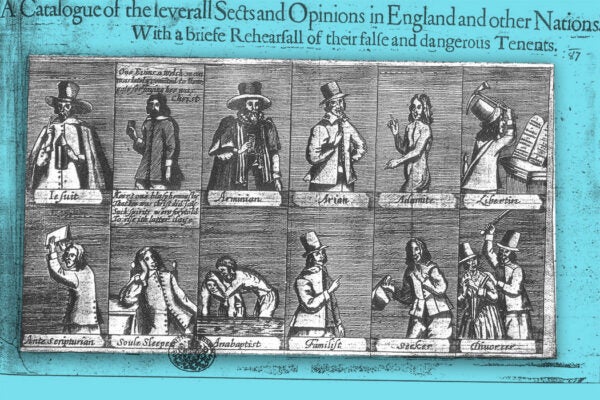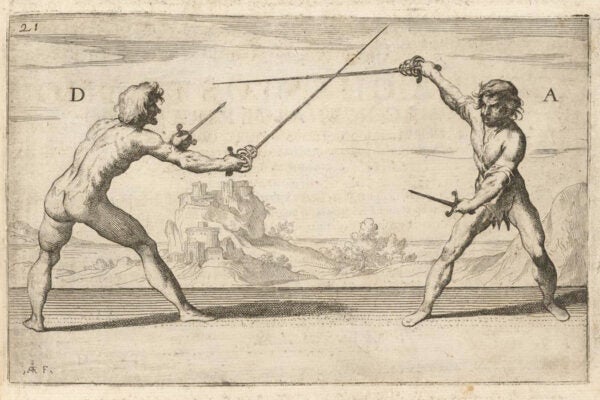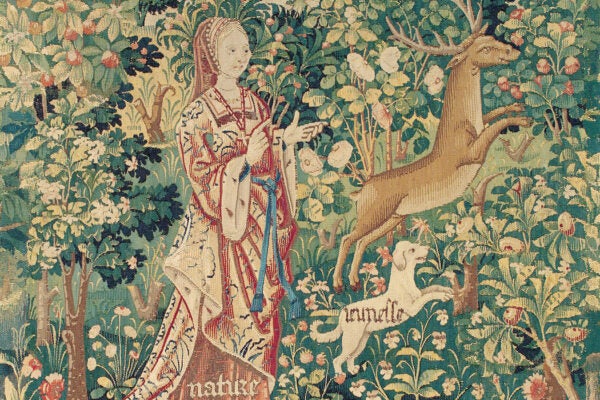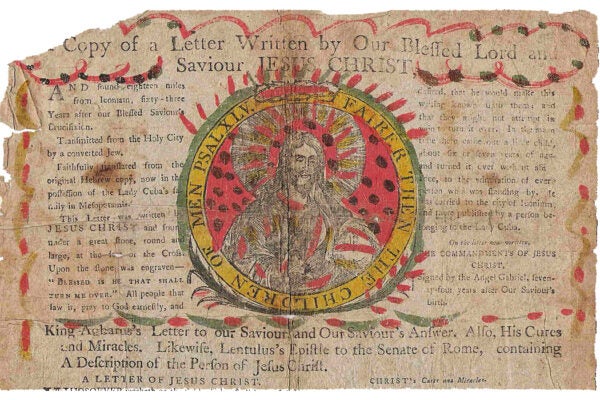The Bawdy House Riots of 1668
Though so-called bawdy house riots were common in seventeenth-century London, the disorder of 1668 revealed the city’s deep political and religious resentments.
The Magical Furniture of David Roentgen
Cabinetmaker to Marie Antoinette, Roentgen designed “surprise furniture,” bureaus and desks that appeared to magically transform at the push of a button.
The Seventeenth-Century Space Race (for the Soul)
The astronomical discoveries of the 1600s—such as Saturn’s rings—prompted new questions about the structure of the cosmos and humans’ place in it.
Wild Saints and Holy Fools
Early Christian writers valorized the desert life of ascetic monks, but the city also had something to offer would-be “fools for Christ”.
When All the English Had Tails
Where did the myth that English men (and probably women) were hiding tails beneath their clothing come from? And what was that about eggs?
The Fencing Moral Panic of Elizabethan London
In Elizabethan England, it seemed like everyone was carrying a sharpened object with the intent to inflict damage.
Bundling: An Old Tradition on New Ground
Common in colonial New England, bundling allowed a suitor to spend a night in bed with his sweetheart—while her parents slept in the next room.
Reading “The Book of Nature”
Beginning in the Middle Ages, the natural world was viewed as a Christian parable, helping humans to give divine meaning to plants, animals, and the heavens.
Himmelsbriefe: Heaven-Sent Chain Letters
For more than a thousand years, people have used letters allegedly written by Christ as both doctrinal evidence and magical charms.
Autopsy of a Saint
In the late thirteenth century, followers of the Italian abbess Clare of Montefalco dissected her heart in search of a crucifix.











